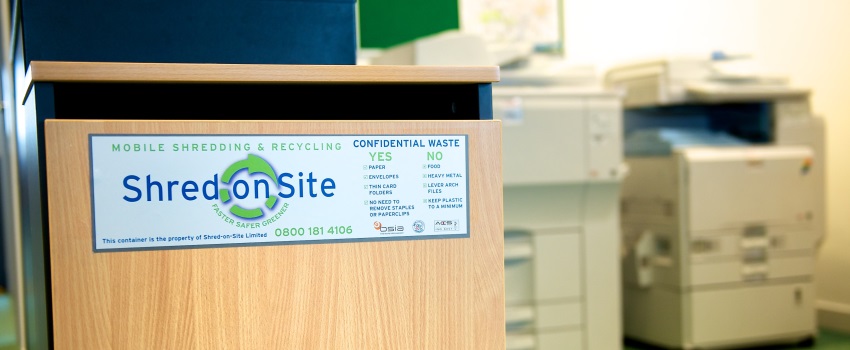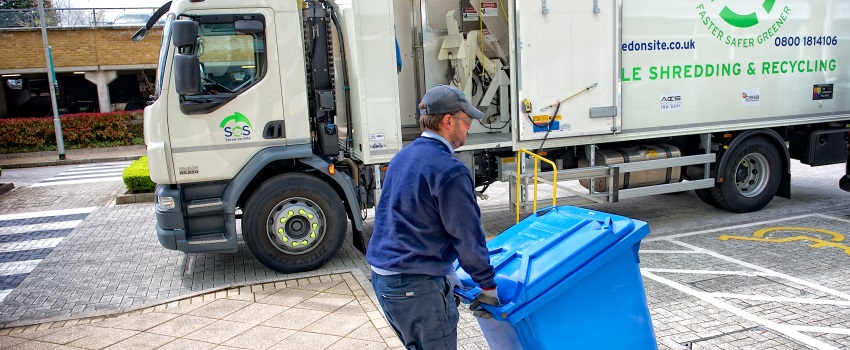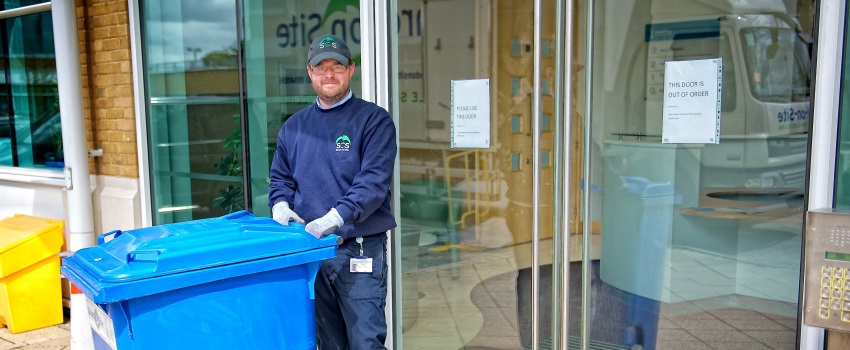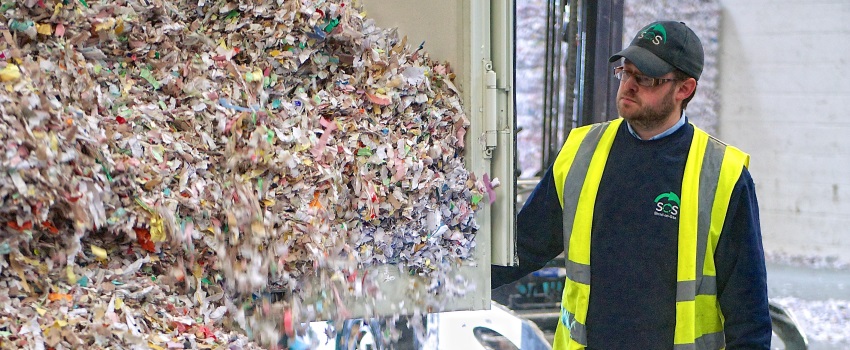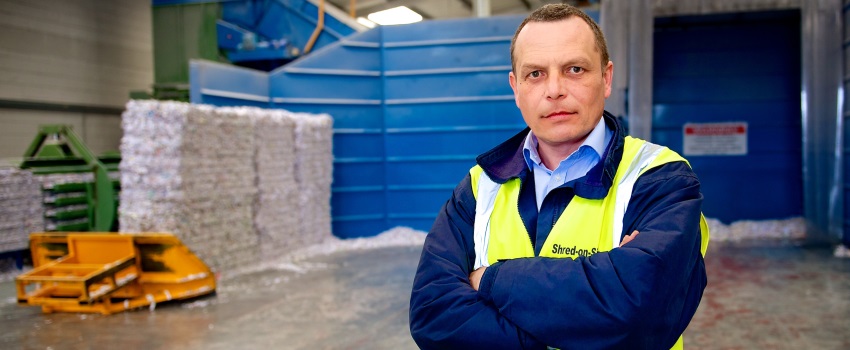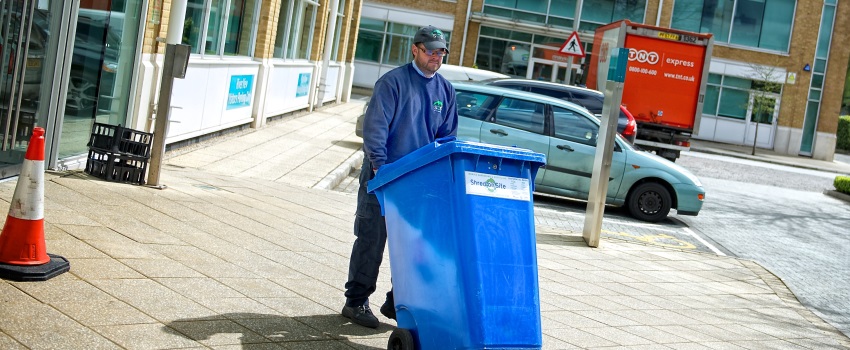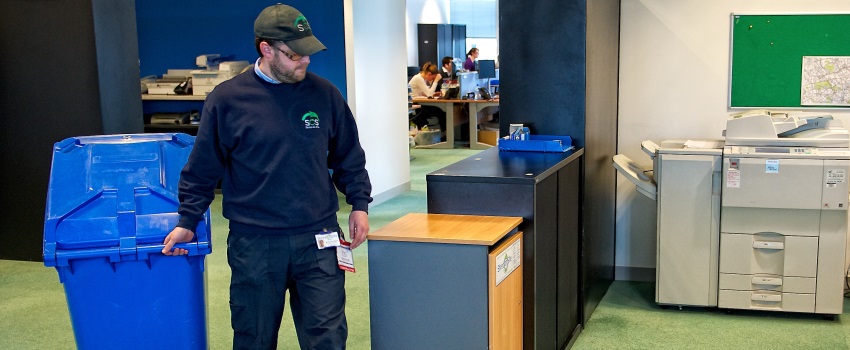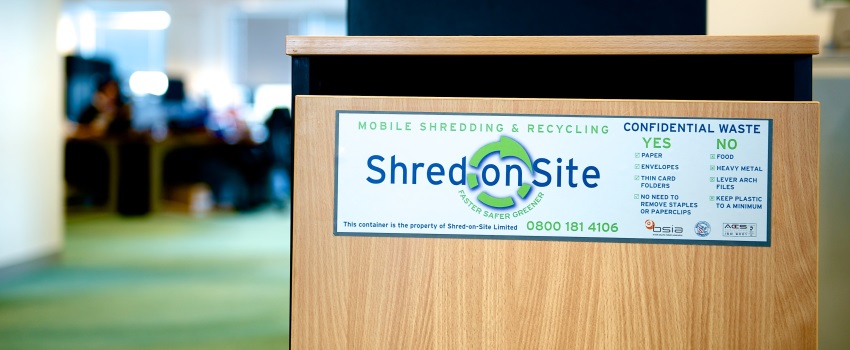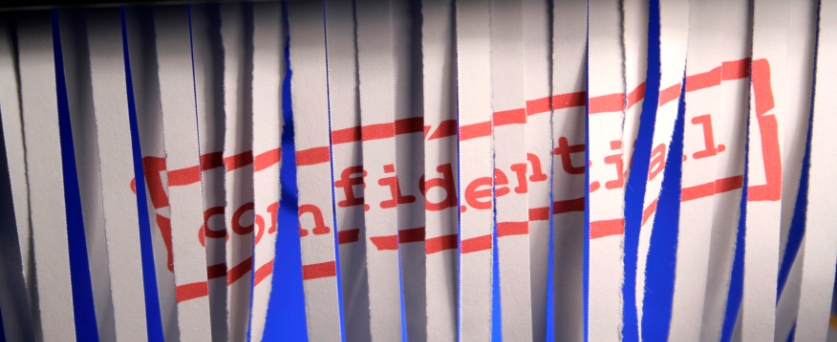4 things to think about when shredding
Whether your focus is on data protection or more sustainable business practices, shredding has become an essential part of operations for many enterprises. This often involves working with a trusted partner able to handle the shredding needs of your organisation, as well as meeting the standards of confidentiality and security that may entail. When you’re setting up, or reviewing, the current shredding processes in place within your business there are four key things to think about.

